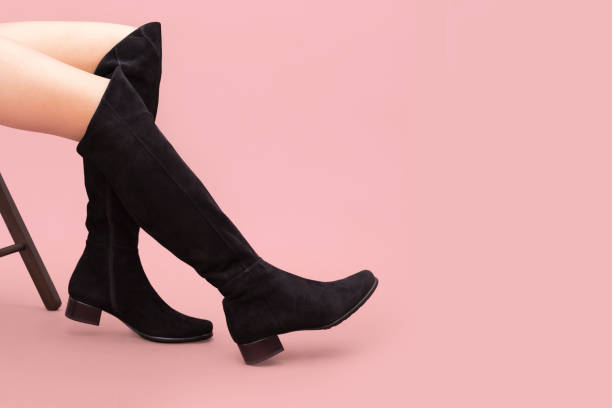In the realm of fashion, there exists a peculiar phenomenon where the line between the absurd and the trendy blurs, resulting in the emergence of ironic crazes. Nowhere is this more evident than in the realm of Christmas jumpers. What was once relegated to the realm of tackiness and novelty has undergone a remarkable transformation, becoming a symbol of hipness and irony. This evolution not only underscores the fluid nature of fashion but also reflects broader societal shifts in attitudes towards authenticity and self-expression.
The journey of the Christmas jumper from being a symbol of cringe to coolness is a testament to the power of irony and nostalgia in shaping contemporary fashion trends. Traditionally associated with garish designs, overly festive motifs, and questionable taste, Christmas jumpers were once donned solely out of obligation or for comedic effect. However, somewhere along the way, they transcended their tacky origins and became a statement piece embraced by hipsters and fashion-forward individuals alike.
The resurgence of the Christmas jumper can be attributed to several factors, chief among them being the rise of irony as a dominant cultural currency. In an era characterized by memes, internet humor, and a penchant for the absurd, irony has become a driving force behind many fashion trends. What was once deemed uncool is now celebrated precisely because of its uncoolness. Embracing the kitschiness of Christmas jumpers has thus become an act of defiance against mainstream fashion norms, a way for individuals to assert their uniqueness and individuality.
Moreover, the popularity of Christmas jumpers can also be seen as a manifestation of nostalgia culture. In an increasingly fast-paced and uncertain world, people often find solace in familiar symbols and traditions from the past. Christmas jumpers evoke memories of childhood holiday festivities, of cozying up by the fireplace with loved ones, and of simpler times. By wearing them ironically, individuals are not only reclaiming a piece of their own personal history but also participating in a broader cultural phenomenon centered around nostalgia and retro aesthetics.
Additionally, the embrace of Christmas jumpers by celebrities and influencers has played a significant role in elevating their status from tacky to trendy. What was once considered a fashion faux pas is now regularly featured on red carpets and magazine covers, worn by the likes of pop stars, actors, and fashion icons. This mainstream validation has helped legitimize the trend and turn it into a bona fide fashion statement, further blurring the line between irony and sincerity.
Furthermore, the rise of sustainable and ethical fashion has contributed to the appeal of Christmas jumpers. As consumers become more conscious of the environmental and social impact of their clothing choices, there has been a growing interest in vintage and second-hand garments. Christmas jumpers, with their often gaudy designs and bold colors, are prime candidates for repurposing and upcycling. By embracing them ironically, individuals can not only make a fashion statement but also support sustainable practices and reduce their carbon footprint.
However, it’s essential to acknowledge the potential pitfalls of embracing ironic fashion trends like Christmas jumpers. While irony can be a powerful tool for self-expression and subversion, it can also veer into the territory of insincerity and cultural appropriation if not wielded responsibly. What may seem like harmless fun to some can be interpreted as disrespectful or offensive by others, particularly when it involves appropriating symbols or traditions with cultural significance.
In conclusion, the evolution of Christmas jumpers from ironic novelty to hip fashion statement underscores the fluidity and unpredictability of fashion trends. What was once dismissed as tacky and uncool has become a symbol of irony, nostalgia, and self-expression, embraced by a diverse array of individuals seeking to assert their identity in a rapidly changing world. By understanding the underlying cultural forces driving this phenomenon, we can gain insight into broader shifts in attitudes towards fashion, authenticity, and the power of irony in shaping contemporary culture. As we continue to navigate the ever-changing landscape of fashion, one thing is certain: the daft Christmas jumper is here to stay, reminding us that sometimes, the most unexpected trends can become the most beloved icons of style.



